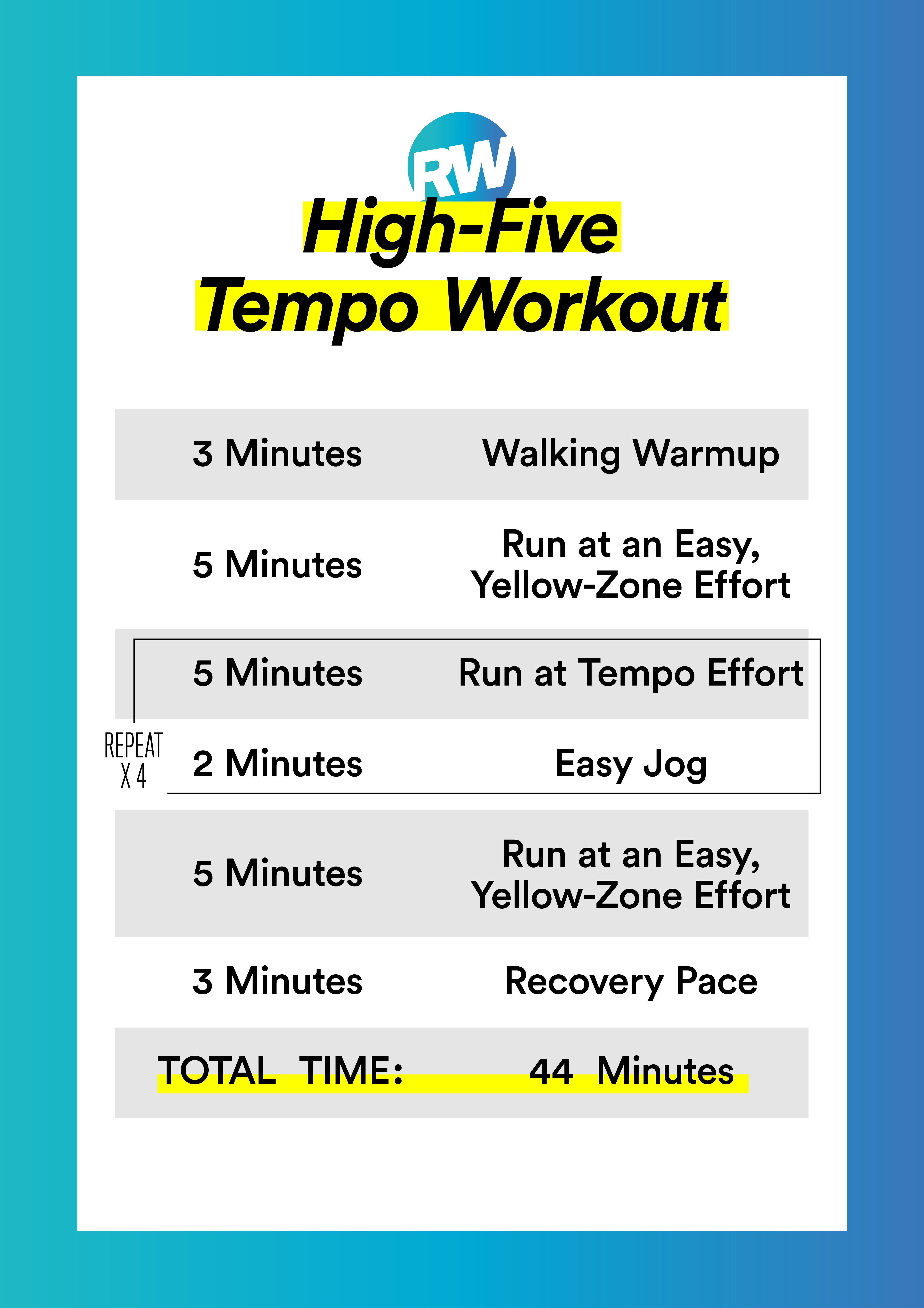Unleash Your Prospective: Running Strategy Fundamentals for Peak Performance
Unleash Your Prospective: Running Strategy Fundamentals for Peak Performance
Blog Article
Overcoming Pain in Running: Strategies and Methods That Job
Pain is a typical friend for many runners, frequently working as an obstacle to accomplishing their wanted goals. With the right techniques and strategies, it is feasible to overcome and even stop the discomfort associated with running. By checking out numerous strategies such as comprehending the different types of running pain, enhancing shoes and form, incorporating cross-training and toughness exercises, executing reliable recuperation approaches, and keeping correct nourishment and hydration, joggers can possibly alleviate their discomfort and boost their total running experience.
Understanding Various Kinds of Running Discomfort

One more kind of running pain is joint pain, which can materialize as a sharp or achy discomfort in areas such as the knees, hips, or ankle joints (running strategy). Joint pain might be triggered by variables like improper running form, overuse, or underlying problems like arthritis (original site). It is crucial to distinguish in between muscular tissue soreness and joint pain, as the latter may call for clinical focus to stop additional injury
Recognizing the various kinds of running discomfort is important for efficient management and prevention approaches to make certain a risk-free and satisfying running experience.
Proper Footwear and Running Type
To enhance performance and reduce the risk of running-related injuries, selecting suitable footwear and maintaining proper running kind are important components for runners of all levels. Proper footwear plays an important role in providing assistance, padding, stability, and protection for the feet and lower arm or legs. It is recommended to select running shoes that are particularly developed for the individual's foot type, running gait, and the kind of running activity they take part in. Obtaining suitabled for footwear at a specialty running store can aid make sure the appropriate fit and support.

Cross-Training and Strength Workouts
Participating in cross-training reference and including stamina exercises right into a running regimen can dramatically enhance total efficiency and lower the chance of injuries. Cross-training, such as cycling or swimming, helps boost cardiovascular fitness while offering running muscle mass a break from recurring effect. It also assists strengthen various muscle mass teams, bring about better total body conditioning. Stamina workouts, like squats, lunges, and core workouts, play a critical function in maintaining muscles and boosting running efficiency. They can remedy muscle discrepancies, boost agility, and improve power result, all of which are necessary for running efficiency.
Integrating cross-training and stamina workouts right into a running regimen ought to be done purposefully. It is very important to enable for adequate remainder in between running sessions and cross-training tasks to avoid overuse injuries. In addition, concentrating on proper type and strategy throughout strength exercises is vital to optimizing their benefits and minimizing the threat of injury. By integrating these components into a running regimen, joggers can develop a more powerful structure, boost efficiency, and appreciate a more sustainable running experience.
Recovery and Rest Strategies
Having actually established the significance of cross-training and strength workouts in a detailed running regimen, focus can currently be directed in the direction of Healing and Rest Methods as essential components for maximizing performance and reducing the risk of injuries. (running workout)
Recuperation after running is important for muscle fixing and development. Methods such as foam rolling, stretching, and massage therapy help in lowering muscle mass soreness and boosting adaptability. Sufficient remainder between runs permits the body to recover and adapt to the physical stress and anxiety, stopping overuse injuries.
Integrating active recuperation days right into a training schedule, where low-intensity tasks like strolling or cycling are executed, can enhance blood flow and promote healing without placing excess strain on the muscle mass. In addition, correct hydration and nutrition play a crucial duty in the recovery process by replenishing shed fluids and nutrients.
Quality sleep is one more essential element of recovery that must not be forgotten. During sleep, the body goes through fixing and regrowth processes, contributing to general physical and mental wellness. By prioritizing healing and remainder techniques, runners can preserve optimal efficiency degrees and reduce the likelihood of experiencing pain or injuries.
Nutrition and Hydration for Runners
Carbohydrates give energy for running, while healthy proteins aid in muscular tissue repair work and recuperation. Sufficient hydration is additionally vital to maintain optimum performance, as even moderate dehydration can adversely affect running efficiency. Additionally, timing dishes and treats suitably before runs can aid avoid gastrointestinal discomfort and provide the needed power for peak performance.
Conclusion
Finally, by recognizing the numerous sorts of running discomfort, using correct shoes, maintaining right running type, incorporating cross-training and stamina workouts, focusing on recuperation and rest, and concentrating on nutrition and hydration, runners can successfully get over pain and improve their performance. Executing these methods and strategies can aid runners avoid injuries, improve their endurance, and eventually appreciate an extra meeting running experience.
Report this page